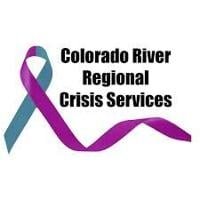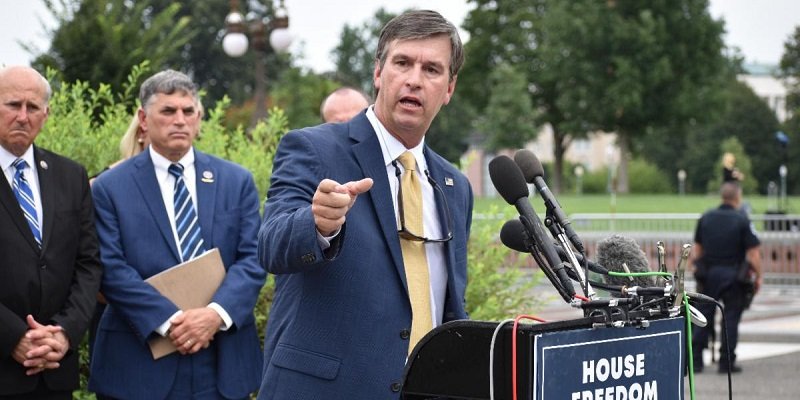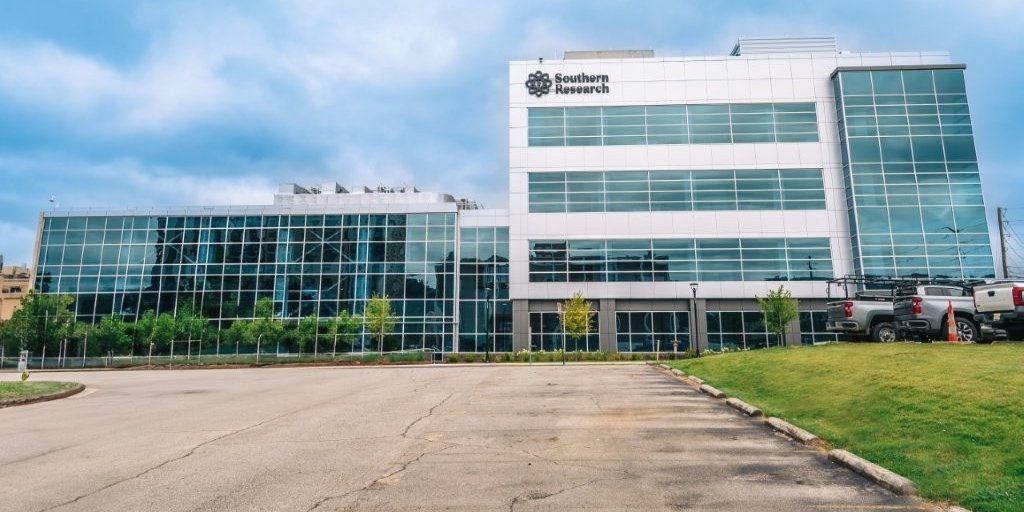Human trafficking is a serious problem in Arizona and throughout the United States. It exists because there is a market. Many young people lured into trafficking don’t really understand what they’re getting into and what they’re doing. There are several ways to spot signs of human trafficking and what the public can do about it.
This is a message from Nate Bolter and Stacey Sutherland of the Arizona Anti-Trafficking Network. They were in Parker last week for a two-day training on law enforcement and other human trafficking. On Wednesday, June 14, they held a public awareness presentation at Arizona Western College’s Community Center in Parker.
These events were sponsored by the Colorado River Regional Crisis Service.
Bolter and Sutherland said sex trafficking is all about the “one size fits all dollar.” One trafficked person can bring traffickers $100,000 a year. Mr Bolter said the highest price was paid for the boy.
“The human body is a commodity,” says Sutherland.
Mr. Boulter, a former Mesa police officer, showed the audience at a rally on June 14 what he called the face of sex trafficking: a mobile phone. Traffickers use social media apps and sites to find and communicate with young people. It can start with something as simple as a compliment, or it can start with something like acknowledging a young man’s complaints about his parents. From there, information accumulates as the trafficker learns everything he can about the young man and his family, gaining the young man’s trust. Finally, they are tempted into a physical meeting.
“Sex traffickers take time,” he says. “They get to know the victims and their families.”
Most trafficking victims do not understand what they are doing or how they are being manipulated.
“About 95 percent of them believe they are romantically involved or are in a relationship with an abuser,” he says.
Very little human sexual traffic crosses the Mexican border. Mr. Bolter distinguished between human smuggling and human trafficking. He said 83 percent of those trafficked in Arizona are US citizens and most of them work in their own communities.
Regarding the vulnerability of young people to traffickers, Bolter said family instability was the biggest factor. This is why young people join gangs. They want that sense of belonging.
According to information presented at the meeting, the homeless, runaways, abandoned and foster children are most vulnerable to trafficking. Other factors include poverty, gang involvement, abuse history, substance abuse, trauma, child welfare involvement, escape history, and sexual orientation.
Bolter said LGBTQ youth are often abused, marginalized and suffer trauma.
Enforcement is invoked when a trafficking victim wishes to leave the country or refuses to comply with the trafficker’s demands. They themselves may be beaten, and family members and friends may be threatened. They are often drugged or alcohol is used to keep order.
Bolter and Sutherland said traffickers are very dominant. They hold the victim’s ID card and other items in their hands so that they cannot leave the scene. They do not allow talking or interacting with anyone outside the group. Many victims of trafficking have mobile phones, which traffickers use to monitor where they are and who they are talking to, so they cannot help anyone. I cannot ask.
“Human traffickers are very selfish,” says Bolter. “They think they can own someone.”
This attitude is reflected in “branding,” which are tattoos and other marks that traffickers require victims to wear to identify who they “belong.”
Some are being trafficked by their families, Bolter and Sutherland said. Many low-income people have been unable to go to work during the coronavirus pandemic, they said, and there has been a surge in young people being trafficked by their parents and guardians.
Bolter and Sutherland said trafficking victims often develop serious mental health problems such as depression, anxiety, substance abuse and post-traumatic stress disorder. Physical factors also play a role, such as frequent recurring injuries, sexually transmitted infections, frequent pregnancies, and unmedicated drug-related problems.
what can people do? Bolter and Sutherland said people can learn how to recognize the signs of human trafficking. AATN has programs to help employees in various industries recognize these signs, they said. They are particularly focused on the hospitality industry as human trafficking often involves hotels, motels and restaurants.
Bolter and Sutherland said people should call 911 if they see someone who may be in immediate danger. Some mobile phones in La Paz County, especially those from visitors, may not be connected to 911 in the city, so the county central dispatch number is 928-. 669-2281.
For local resources and services for sex trafficking victims, please visit: www.sextraffickinghelp.com.
Hotlines for reporting trafficking situations include the Arizona Child Abuse Hotline. In this case, the victim can be a child. The number is 1-888.SOS CHILD or 1-888-767-2445.
The National Trafficking Hotline is 1-888-373-7888. The Arizona trafficking reporting line is 1-877- 4AZ TIPS.
Boulter can be reached at Nate@aatn.org and Sutherland at Stacey@aatn.org.







